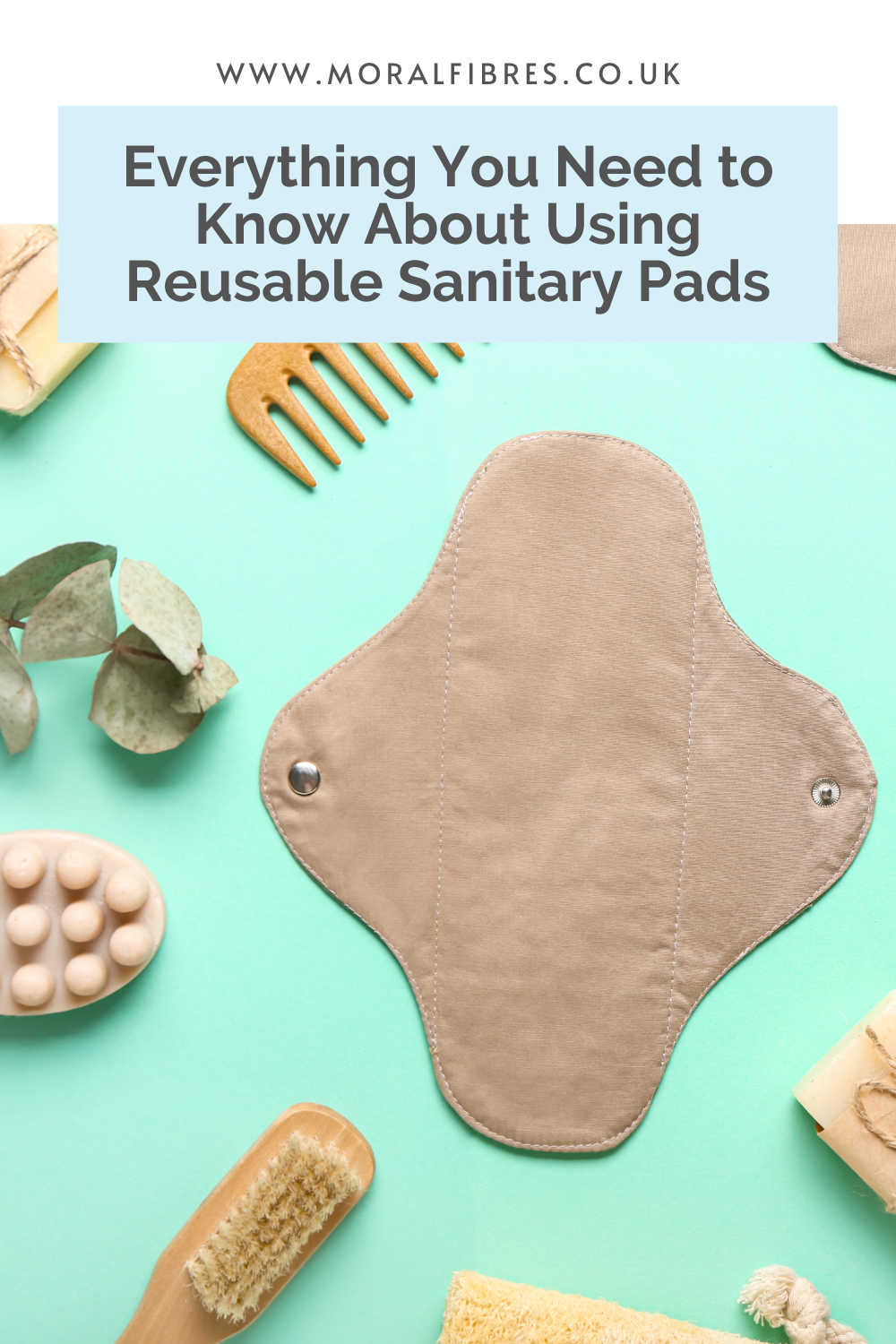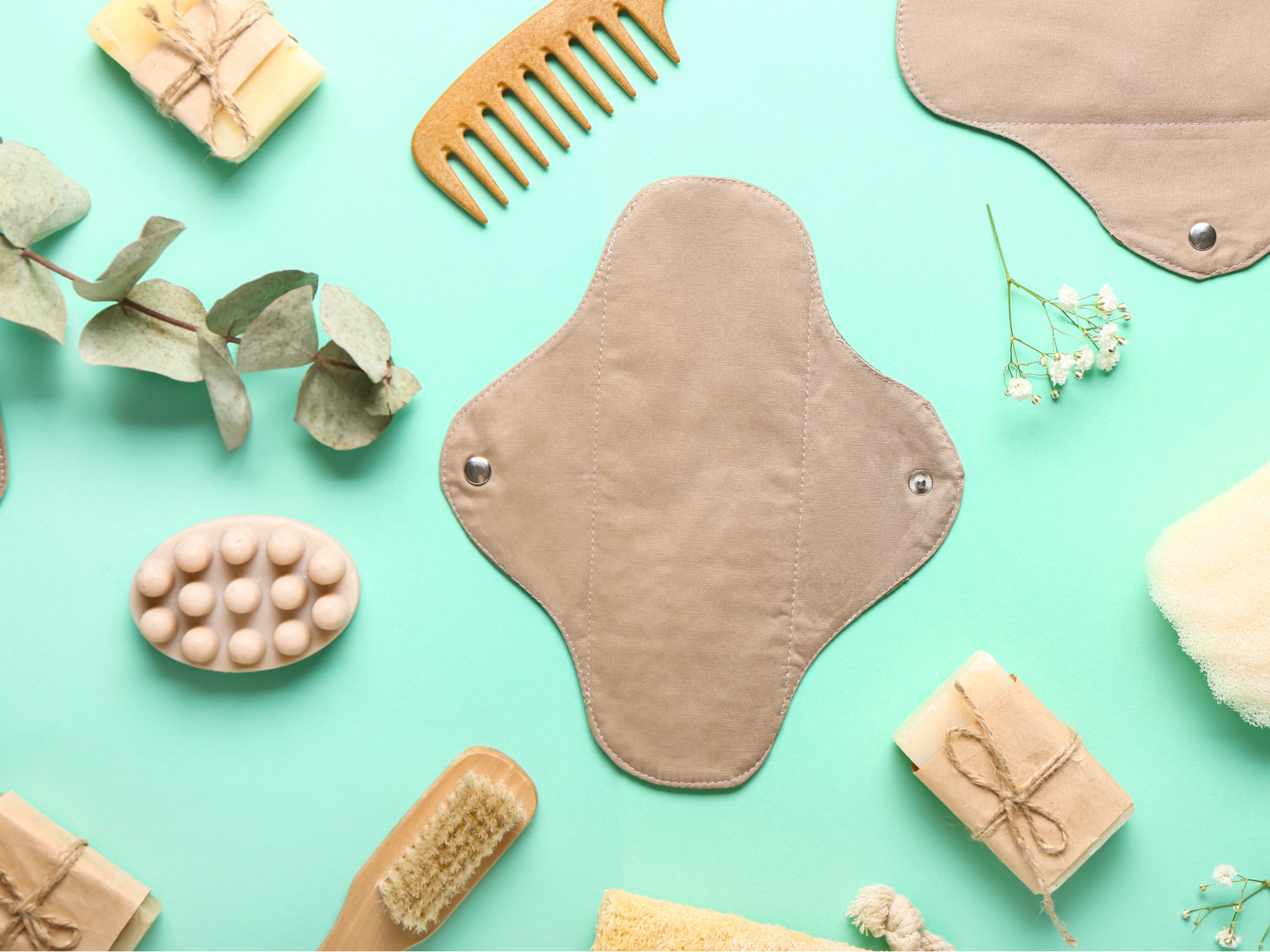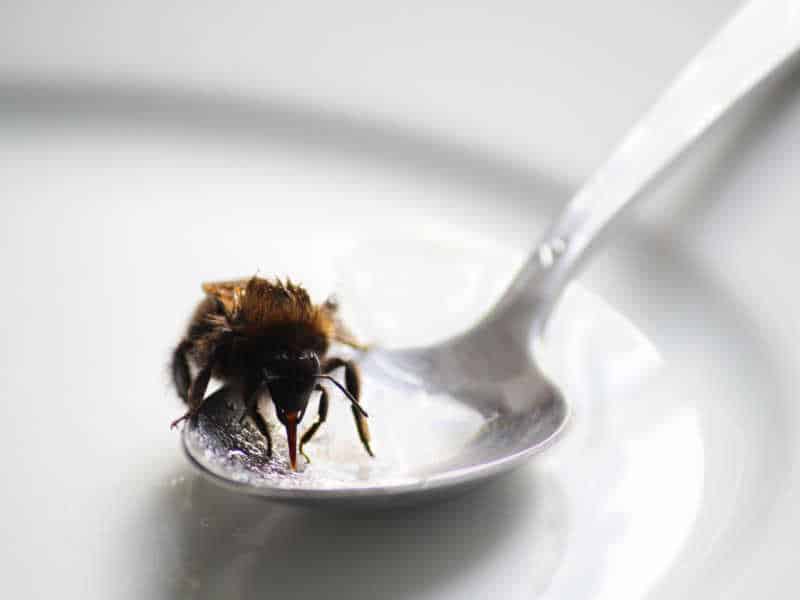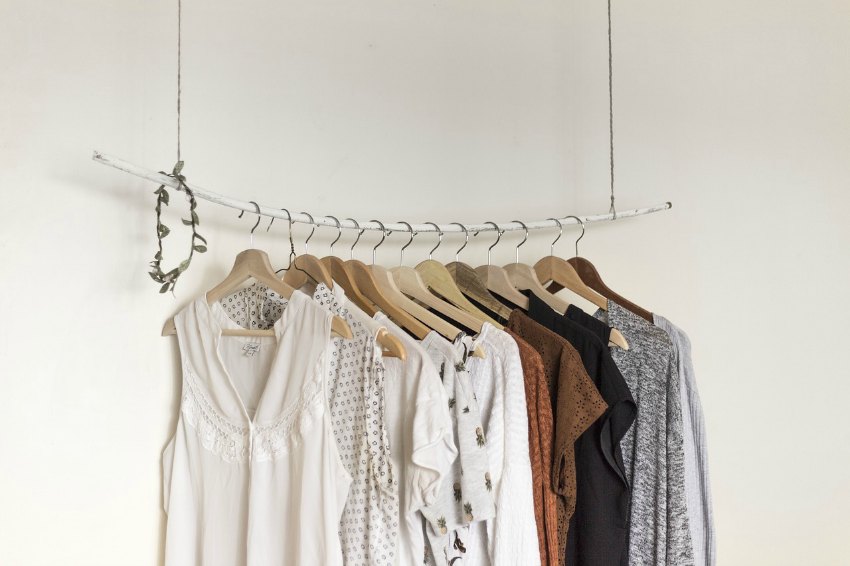Reusable Sanitary Pads: A Beginners Guide To Getting Started
To support the running costs of Moral Fibres, this post contains affiliate links. This means Moral Fibres may earn a small commission, at no extra cost to readers, on items purchased through these links.
Looking to switch to reusable period products? Here’s almost everything you need to know about using reusable sanitary pads, to help you make that switch.
When it comes to periods, there are a host of eco-friendly period products out there. From period pants to moon cups, to organic tampons and sanitary towels. If you are starting out looking into greener options for your period, it can be bewildering knowing where to start.
To help you decide if reusable sanitary pads are for you, here’s my full guide. From how to use washable menstrual pads, to how to wash them and how often you should change them.
How to Use Reusable Sanitary Pads

I’ve used washable menstrual towels for about 6 years or so now. Although I mostly use period pants now – do see my full beginner’s guide to period pants for more info on that – I started out by using reusable sanitary towels and used them exclusively for around two years.
To help out anyone new to reusable period products, I wanted to share my extensive experience by discussing almost everything you need to know about the world of washable pads. Use the quick links to jump to a specific section of this post, or keep scrolling for the full guide:
- Just What Are Reusable Sanitary Towels?
- How Do They Work?
- How Many Pads Do I Need?
- Is It Easy To Change Pads?
- How Often Do You Change Reusable Sanitary Pads?
- Do They Work For A Very Heavy Flow?
- Do Reusable Sanitary Towels Smell?
- Are They Comfortable, Or Do They Feel Bulky?
- Can You Exercise In Washable Sanitary Towels?
- Can You Use Them Overnight?
- How Do I Wash Reusable Menstrual Pads?
- Should You Soak Pads?
- What About Stains?
- How Long Do Reusable Pads Last For?
- Which Are The Best Reusable Sanitary Pads In The UK?
Just What Are Reusable Sanitary Towels?
First, you might be wondering what reusable sanitary towels are exactly. Reusable sanitary towels are much the same as their disposable counterpart. You wear them in your pants, and they work by locking blood away in an absorbent core.
There are only two main differences. The first is that reusable pads are made using materials such as cotton or bamboo, and are designed to be washed and used again, rather than disposed of after just one wear.
The other main difference is that rather than adhering to your pants with sticky plastic, most winged reusable pads secure to your pants with a button.
How Do They Work?
Reusable sanitary pads work by drawing blood and moisture away and locking it between layers of fabric. Many, but not all, reusable sanitary towels use a fabric called Zorb as their middle layer. This is an incredibly absorbent fabric, that according to Zorb, soaks up liquids 20 times faster than other materials and absorbs 10 times its weight in under 2 seconds.
Zorb is made from a blend of bamboo viscose, cotton, organic cotton, and polyester. The use of polyester means many reusable sanitary pads are not strictly plastic-free. However, given that one pad can be used many times over means that washable pads can play an integral part in living with a reduced reliance on plastic.
Other pads may use bamboo fleece. Meanwhile, other brands may use a blend of polyamide, polyester and lycra, or polyurethane laminate – a breathable yet waterproof fabric. There is no one standard fabric, so this means you have options when it comes to buying the right pads for you.
How Many Pads Do I Need?
How many pads you need depends on quite a few factors. It depends on how heavy your flow is, how often you run your washing machine, how quickly you can dry hand-washed pads, and whether you intend reusable period pads to be your main method of period protection or not.
If you want to use reusable pads as your main method of period protection, then you might expect to need anywhere between 12 and 16 pads. As it can work out expensive to buy that many pads in one go, I built up my collection slowly, buying a few pads at a time to help spread the cost. I’d recommend supplementing with disposable period products until you have enough reusables to see you comfortably through your whole period.
Is It Easy To Change Pads?
It’s really easy to change your pad. Simply unfasten your reusable sanitary pad, and swap it over for a new one – making sure that you secure the button. Unlike with period pants, you don’t have to remove your trousers or tights. And unlike with standard sanitary pads, there is no rustling of plastic. It’s altogether a much more discreet method of period protection.
How Often Do You Change Reusable Sanitary Pads?
Similar to standard sanitary towels, how often you need to change your pad depends on a few factors. It depends on the absorbency of the pad you are using, and how heavy your flow is. I personally find I need to change my pad every four hours or so on heavy days, and around every eight hours on lighter days. Within one or two cycles you’ll work out what’s best for you.
You’ll know when it’s time to change your pad when you notice a wet, heavy, or full feeling. I’d suggest wearing them for no more than 12 hours, for hygiene reasons.
Do They Work For A Very Heavy Flow?
If you have very heavy periods then I would recommend buying a pad specifically designed for a very heavy flow. I would then suggest trying the pad out for the first time when you know you are going to be at home for a while, to see how it handles your flow, before buying any more.
The other option for very heavy periods is to consider supplementing your pad with a menstrual cup, tampon or a pair of period pants – depending on your preferences. It could offer you extra peace of mind, and allow you get to get on with your day without worrying about leakages.
Do Reusable Sanitary Towels Smell?
If you change your sanitary towels regularly then they won’t smell. The absorbent core locks everything away, which means you don’t have to worry about bad odours.
Are They Comfortable, Or Do They Feel Bulky?
I personally find reusable sanitary pads comfortable – more so than conventional sanitary pads. There’s no sticky plastic to get caught anywhere, and I find that because they are made from cotton or soft fleece, they are less inclined to chafe or rub. I would also say that reusable pads are much more breathable, so you don’t get that sweaty feeling.
In terms of bulkiness, I wouldn’t say that they feel bulky. I can wear leggings and you wouldn’t be able to tell that I was wearing a sanitary towel. In short, personally, I find reusables an all-round better experience compared to plastic-based disposable pads.
Can You Exercise In Washable Sanitary Towels?
You can exercise in washable sanitary towels. They don’t move around too much and stand up to the most vigorous of activities. If you have minor bladder incontinence when running or jumping, then your pad will also help absorb any leakage – however, I would recommend a specialist product if this is a more major problem for you.
The only issue I’ve had with reusable sanitary towels is when cycling. Sometimes the button can feel uncomfortable when you’re in the saddle. I don’t do horse riding, so I don’t know if this would cause a similar issue, but I could imagine it might. Opt for reusable pads without wings, or period pants to avoid this.
Can You Use Them Overnight?

You can use washable menstrual pads overnight. I would use a heavy flow pad at nighttime. In the main, I haven’t experienced many leaks overnight. Occasionally, the pad has moved about in the night, and it has caused leakage. For that reason, I prefer to wear period pants overnight – which don’t move about. I also personally think period pants are a more comfortable option for overnight use, but others may disagree.
How Do I Wash Reusable Menstrual Pads?
With reusable sanitary pads, you have a few options when it comes to washing them:
In The Washing Machine
Washing your sanitary towels is really easy. When you change pads, simply rinse the used one with cold water, then toss it right into the washing machine with all your other laundry.
Alternatively, rinse the pad in cold water and then store the used pads in a wet bag until it’s time to put the washing machine on. You can wash them on your standard wash cycle (30°C or less), with your usual laundry detergent, and then dry them outdoors on your washing line or by hanging them to dry indoors.
There are just a couple of care points to bear in mind. Don’t use a conventional fabric conditioner, as this can negatively affect the absorbency of your pads. And never tumble dry them, as heat doesn’t agree with them. Putting them in the tumble dryer will shorten their lifespan and affect their performance.
By Hand
If you don’t run your washing machine very often, then you can hand wash your pads. Simply add some warm water to your sink and wash them with a little bit of laundry detergent or soap, before rinsing, wringing, and hanging them up to dry.
Should You Soak Pads?
Some people like to soak their pads in cold water until they wash them. This is known as wet-pailing. I wouldn’t recommend this method, as pads left soaking in water for more than 24 hours can develop a bad smell that is hard to wash out, and they can grow mould on them.
Soaking your pads isn’t necessary. A quick rinse in cold water and then popping them into your washing machine ready for the next load, or into a wet bag is more than enough to get them clean.
What About Stains?
Many reusable sanitary pads are made using a dark-lining fabric that does not show stains. If you are worried about stains, then make sure you opt for pads that have a dark fabric top layer. This means you don’t have to worry about tackling stains.
If you have pads with a light-coloured top layer, then you have two options. You can take a relaxed approach and not let stains bother you. Personally, stains don’t bother me, as it’s only me that sees the top layer, and a stain that doesn’t wash out doesn’t mean your pads are dirty.
The other approach you can take is a proactive one. You can tackle stains, by soaking your pads for a few hours in a sodium percarbonate solution before washing them. You can also hang them up to dry outside in the sunshine. The sun acts as a natural bleaching agent, helping to remove stains.
How Long Do Reusable Pads Last For?
There’s no exact science as to how long each pad will last. Some brands say to expect your pad to last anywhere between 100 to 200 washes, whilst others say to expect anywhere between 2 and 6 years. It all depends on how well you look after your pads – making sure you follow the care instructions – and how many reusable pads you have.
My oldest pads are eight years old and still going strong. However, I have gradually switched to using period pants most of the time, relying on pads as a backup when my period pants are in the wash, or when I am going to be out of the house for longer periods of time.
Which Are The Best Reusable Sanitary Pads In The UK?
I’ve built up a collection of pads over the years:
- DAME Reusable Pads (from £9.99 via Content Beauty or Naturisimo) offer comfortable reusable pads with a dark lining that doesn’t show stains.
- Cheeky Wipes (from £3.99 from The Nappy Lady) offer a more budget-friendly introduction to reusable sanitary pads. I bought a few pads about four years ago, and they are still looking as good as new, without any deterioration in performance.
- Lilah Pads (from £8 via Etsy). These were the first pads I bought on my reusable period products journey, and I’m still using the same pads now. Unlike my fleece pads, the cotton top layer has got stiffer with time – we’re talking about six years here – but there is no impact on absorbency or protection. The top layer is a little stained, but the bottom floral layer still looks as good as ever.
Have you tried washable sanitary pads? If so, what are your favourites? And if not, would you give them a go? And if I’ve missed any key questions, do let me know and I’ll do my best to answer them.
Found this post useful? Please consider buying me a virtual coffee to help support the site’s running costs.




